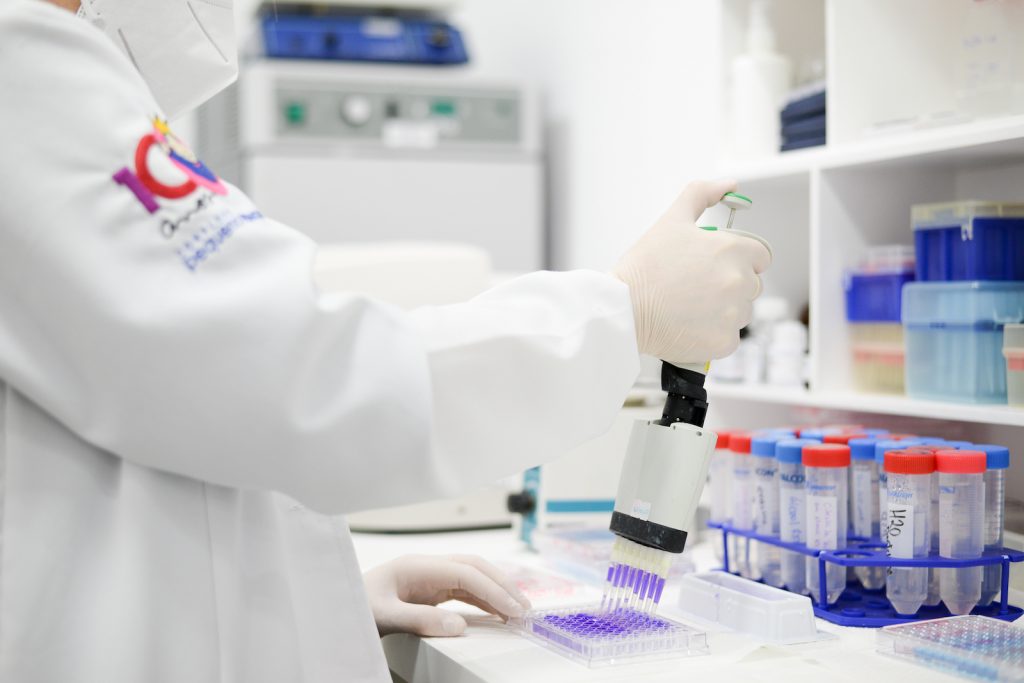Study contributes to increasing understanding of the evolution of neuroblastoma
Quite complex, this type of cancer mainly affects children in the first year of life
Neuroblastoma is a tumor that affects the sympathetic nervous system, which is responsible for controlling functions that the body performs unconsciously, such as breathing and blood pressure. This tumor accounts for about 10% of all cases of childhood cancer and mainly affects babies in their first year of life.
The disease is quite complex due to several factors:
- has a high potential to spread (metastasize);
- in many cases, the patient does not respond to existing treatments;
- there are many genetic alterations involved in the disease.
All these characteristics make neuroblastoma cause a high mortality rate.

A study carried out by scientists from the Pelé Pequeno Príncipe Research Institute analyzed four types of microRNAs from patients with this type of tumor. The miRNAs are small molecules that act in cells, regulating the information contained in genes. They are involved, for example, in the way genes work, controlling how cancer cells proliferate, how they migrate from one part of the body to another, how they invade other areas or even how they kill other cells.
What did the study find?
The research sought to understand the role of these four types of microRNAs in the prognosis, treatment, and survival of patients with neuroblastoma. For this, samples of tumors that were stored in the Biobank of the Pequeno Príncipe Hospital were studied.
The results obtained showed that these small molecules are associated to:
- age of patients at diagnosis;
- treatment phase (pre or post chemotherapy);
- gender of the patients;
- patient survival.
How can this help patients?

Scientist Dr. Luciane Regina Cavalli, who coordinates the study, explains that these results reinforce the importance of microRNAs to understand how the disease develops, as well as their potential to be used as molecular markers for the prognosis and treatment of neuroblastomas. “The study enables a more precise stratification of risk groups for the disease. Let us imagine that a patient is considered low or medium risk based on clinical parameters, such as age and disease stage, for example. The genetic study of this patient will identify which miRNAs are present in greater or lesser amounts in their cells. If these markers are found in altered amounts, they may mean a greater chance of clinical complications, such as non-response to treatment. With this information, the doctor can adjust or even change the treatment, increasing the patient’s chances of cure,” she clarifies.
Acknowledgment
The study was presented at the Advances in Neuroblastoma Research meeting, held this May in the Netherlands.
More
There’s still time to allocate your Income Tax to Pequeno Príncipe
Individuals can allocate up to 3% of the Due Income Tax amount to be paid or refunded until May 31
Parliamentary front for the rights of children and adolescents is relaunched
Made up by state representatives and senators from various parties, its objective is to guarantee the protection and improvement of the rights of Brazilian boys and girls
Pequeno Príncipe will have a new ICU with eight beds
The resources for the new wing are being donated by Volkswagen through the “Paraná Competitivo” program, sponsored by the State Government









